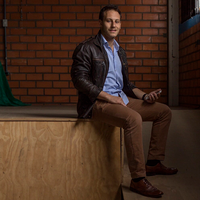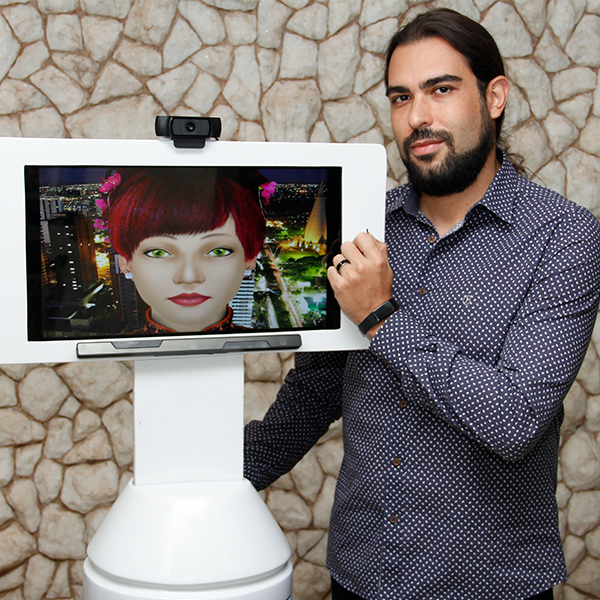Artificial intelligence & robotics
Antonio Henrique Dianin
His telepresence robot inspired by “The Big Bang Theory” helps health personnel to assist their patients

Latin America
Michael Kapps
His chatbots improve access to healthcare where medical resources are scarce but smartphones abound

China
Liang Xu
Operating an AI disease prediction program in large cities in China with an accuracy rate of 90%

Global
Yin Qi
His face-recognition platform transformed the way business is done in China.

Global
Julian Schrittwieser
AlphaGo beat the world’s best Go player. He helped engineer the program that whipped AlphaGo.
